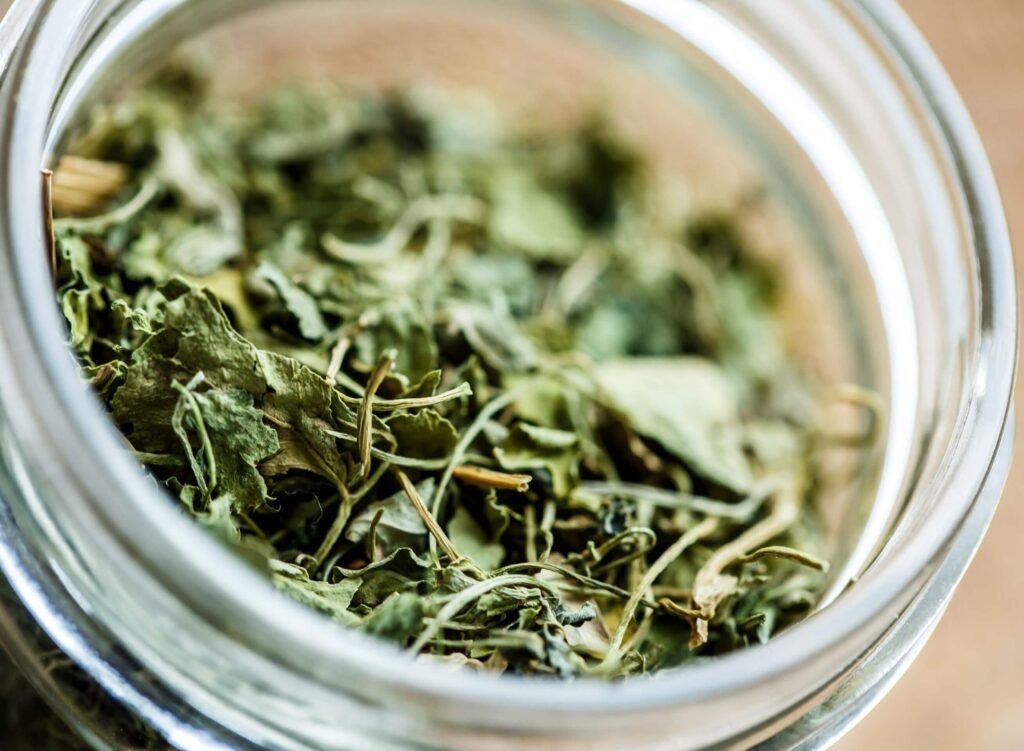
They have motivated sailors and travelers, created empires and commercial powers, cured and helped humanity for millennia, and even embellished our dishes. Spices, medicinal plants, and aromatic herbs are a treasure whose value in Italy is estimated at around 235 million euros. It is a market with great fascination, with contours yet to be defined.
It is almost impossible to enumerate them from a botanical point of view, considering that new varieties are constantly being discovered. As for their functions and uses, the count becomes impractical: they can be found in the kitchen, cosmetics, medical, wellness, and personal care sectors, practically everywhere. Spices, medicinal plants, and aromatic herbs are a true treasure with blurred edges.
In the global landscape, in fact, there are more than 35,000 botanical species identified and used for their active and functional aromatic substances. But it is estimated that the useful plants are certainly many more, as demonstrated by the fact that new species are discovered and new uses are proposed virtually every day. And it is not only the number of types that is not well-defined: even the botanical varieties of some of them are still under discussion. For example, there are some tens of varieties of pepper, while for chili peppers, there are some hundreds, up to, according to some sources, a thousand.
More than 209,000 products come from this incredible variety in various sectors: gastronomy, medicine, and cosmetics. Since the dawn of time, spices, medicinal plants, and aromatic herbs have accompanied humans, creating essential conditions to offer them health, well-being, and advanced nutrition. Today, they are a true big boss in the market, with untapped potential.


A market with great potential
To clarify some data: about one third of the world’s population relies on the use of medicinal plants, both in clinical-therapeutic and preventive settings. The sector is extremely dynamic in the global market. For spices, it is worth between 18-20 billion dollars, with an estimated annual growth rate of +4- 5%, alongside a production that is also constantly growing, which has reached over 13 million tons in recent years, with a projection of reaching 18 million tons in 2030. To this data, we can add that of medicinal and aromatic herbs: a market of enormous interest that only in Italy occupies a cultivated area of about 7,300 hectares for 500 structured companies.
The Italian experience
Regarding production, in Italy the quantity of the overall market for medicinal plants is 37,000 tons, over 45,000 tons for spices, 45 tons for saffron, and 10 tons for essential oils, largely derived from citrus fruits, with bergamot at the top of the list. Imports are around 40,000 tons, including medicinal plants and first transformation derivatives, while exports concern 26,000 tons in total, largely with added value.

The value of the sector’s production is estimated at around 235 million euros, referring to the raw material alone. If we add the export of value-added derivatives, we can even reach 1 billion euros (source: Fippo).
In this context, Italy stands out for its precious herbal tradition, born from the plant biodiversity heritage of the peninsula and the variety of territories and cultural traditions. In fact, only in southern Italy have 1,800 species been identified, which have allowed the creation of unique products such as wild oregano from Pollino or health-promoting liqueurs made from fennel scraps.
As evidence of the sector’s importance in our country, there is the widespread presence of the specialized professional channel: Italian herbalist shops are indeed a unique experience at the European level, with over 4,000 sales outlets, whose estimated value amounts to around 1 billion euros.
Although the figures appear significant, national production is largely insufficient, covering only 20% of demand. Surely the growth margins are wide, but it is evident that the sector must address some key aspects, especially if the vision expands to embrace globality
Sustainable herbs, always and anyway
On a planet with 8 billion people, already over a third of the population uses medicinal plants and spices in a scientifically-based manner for treatment. This means that producing them rationally and ensuring the necessary supply will become increasingly complex and challenging.
Some studies predict that in the next 5 years, markets related to “herbal medicine” alone will grow at rates ranging from 38% to 53% (the figure varies depending on the regions of the world). It is therefore necessary to find solutions that combine the main keywords that permeate the supply chain of these agricultural productions: sustainability, safety, green chemistry, biodiversity, and circular economy.
Also considering the current crisis, with socio-political tensions, climate change, and reduced access to energy resources, producing sustainably and ensuring functional quality and product safety cannot ignore the safeguarding of biodiversity and the integrity of both production environments and populations that derive income from them.
In the perspective of the transition towards a sustainable economy, connections between research, companies, institutions, and the distribution world will be crucial for the development of the sector.
by Elisa Crotti

